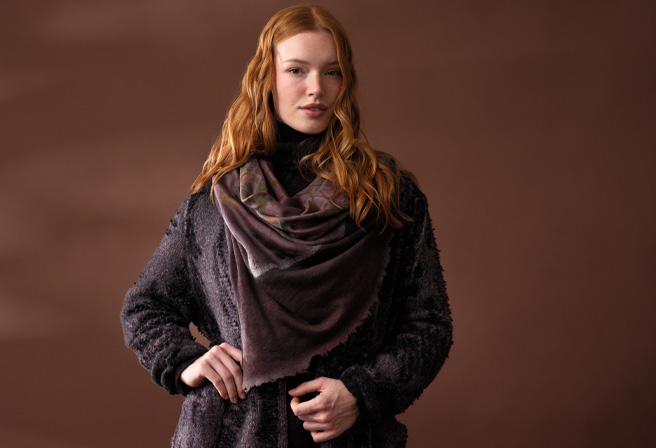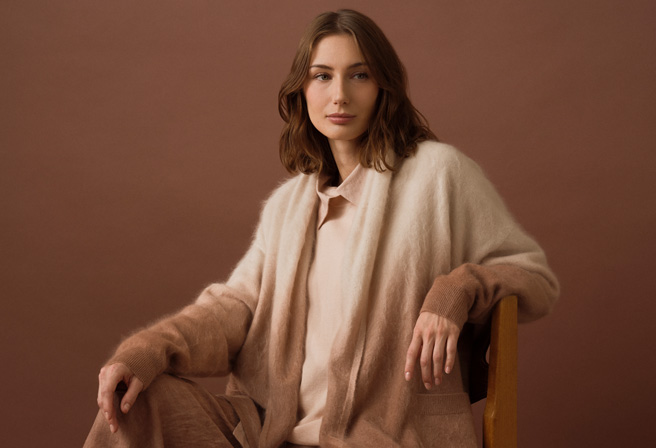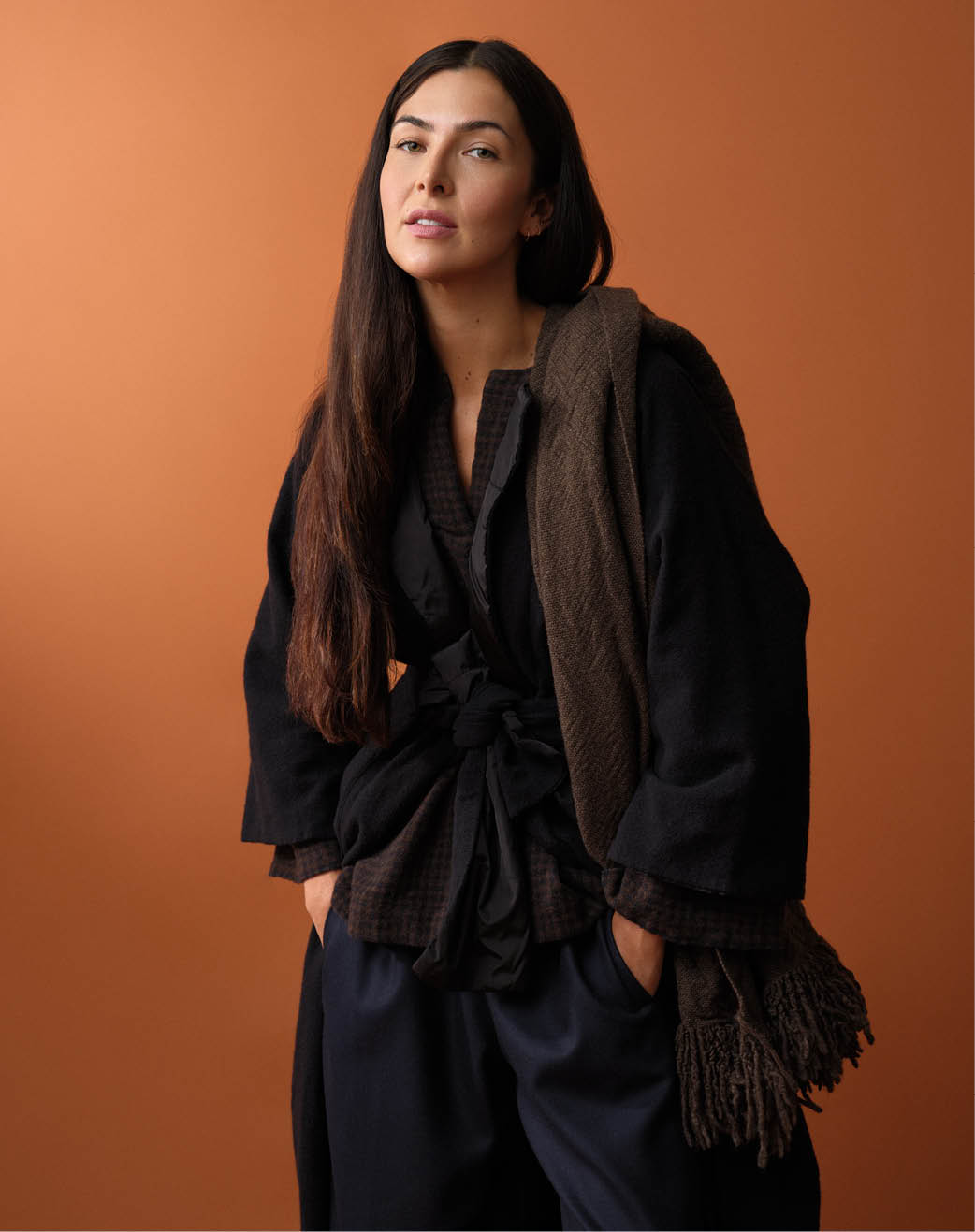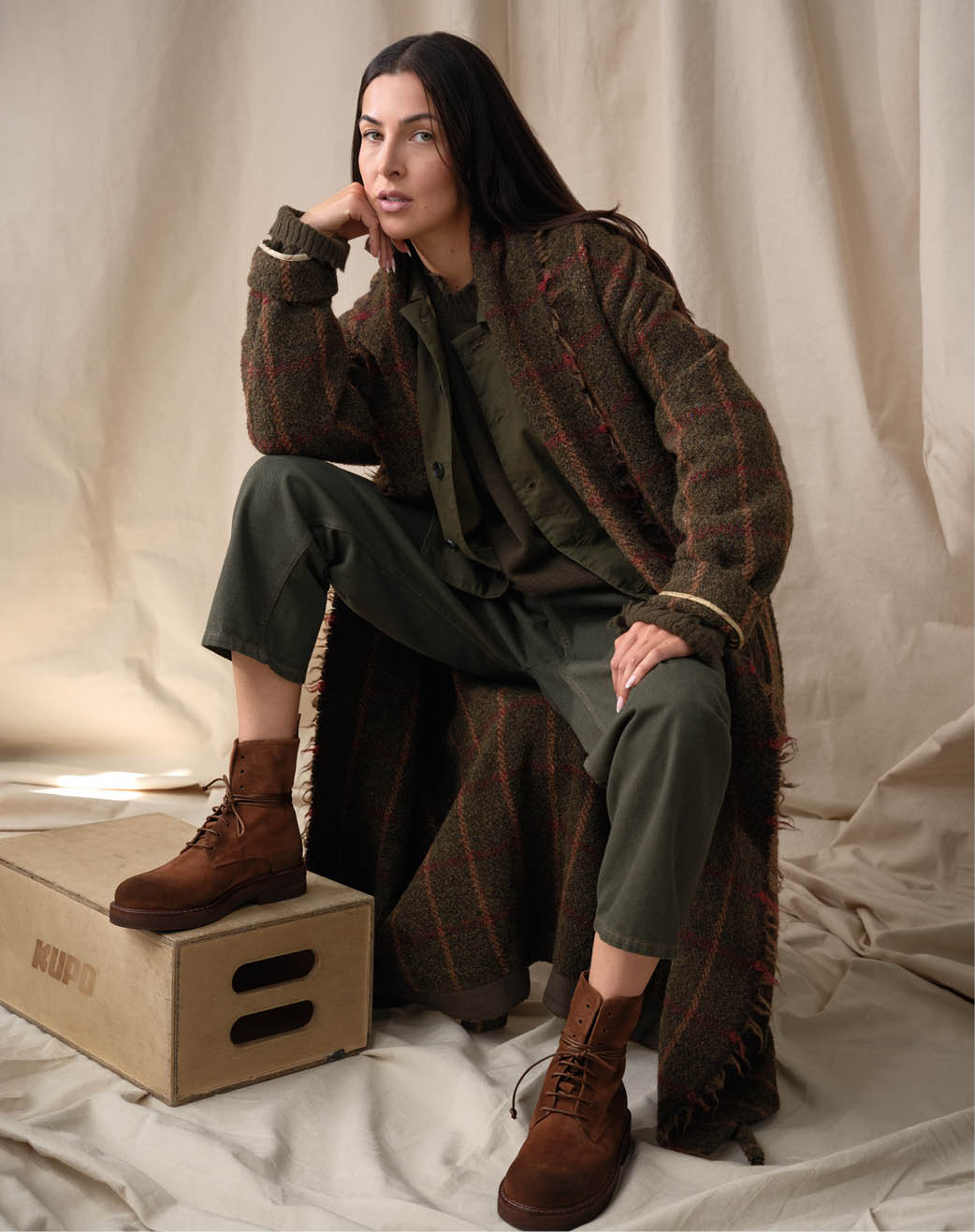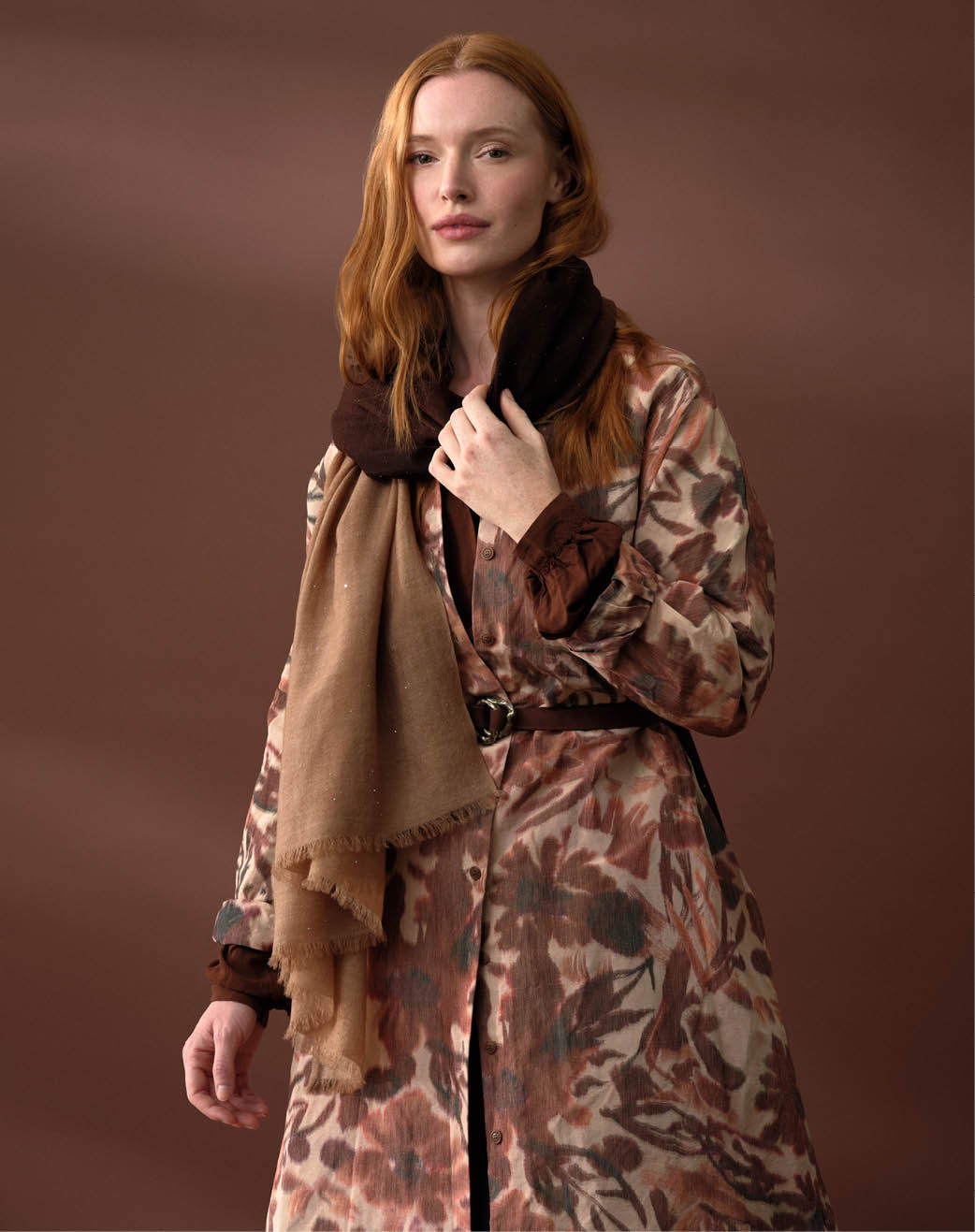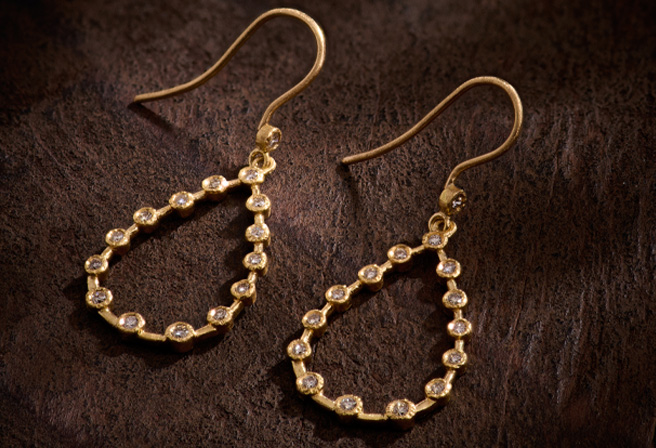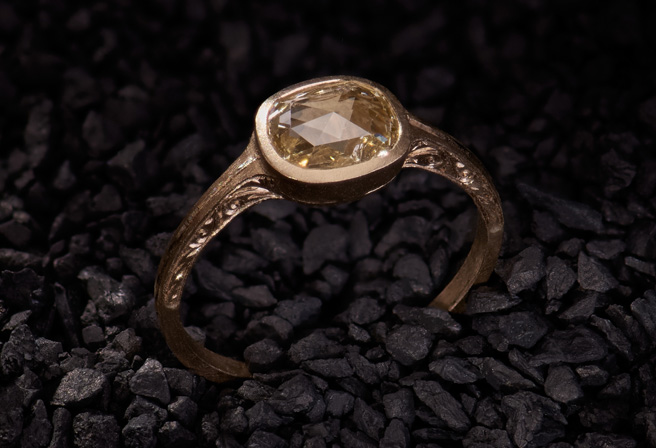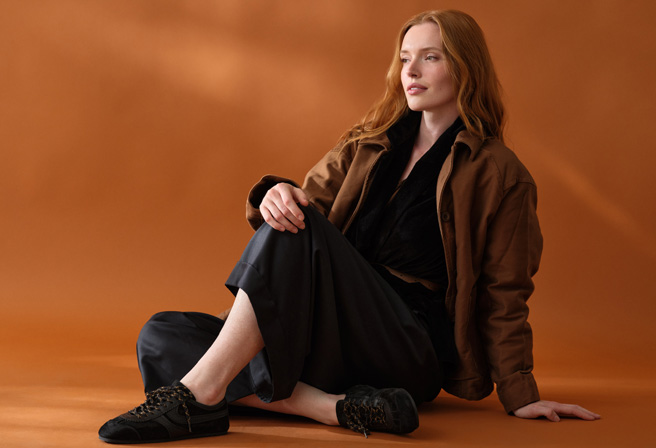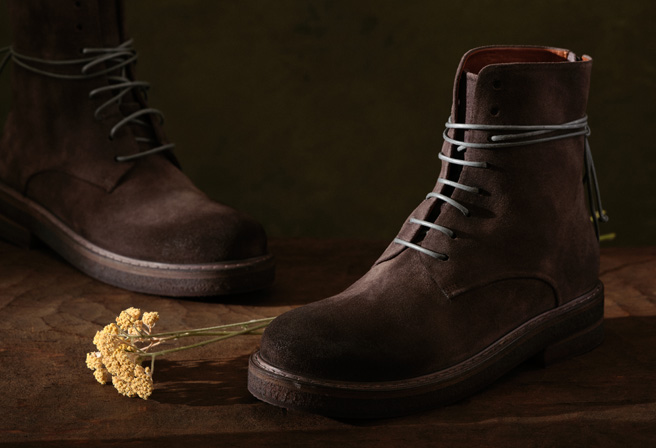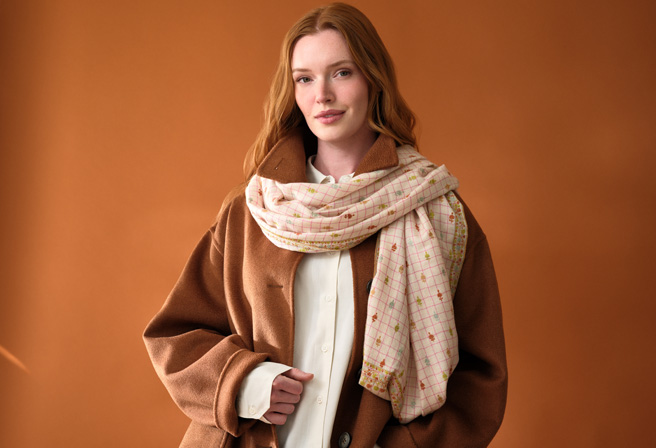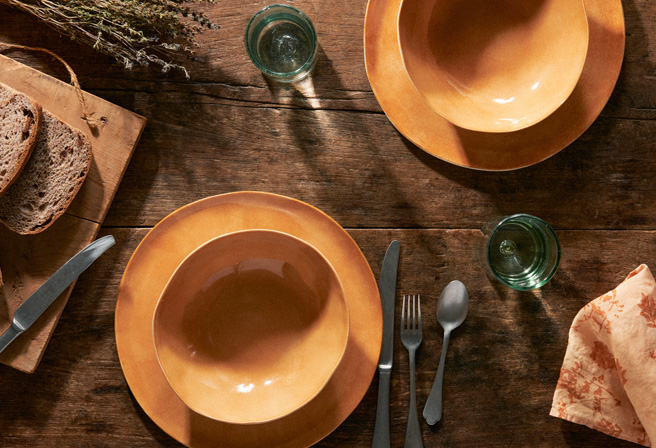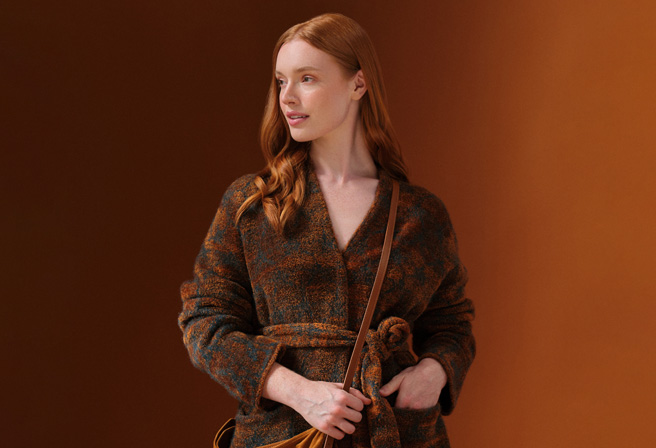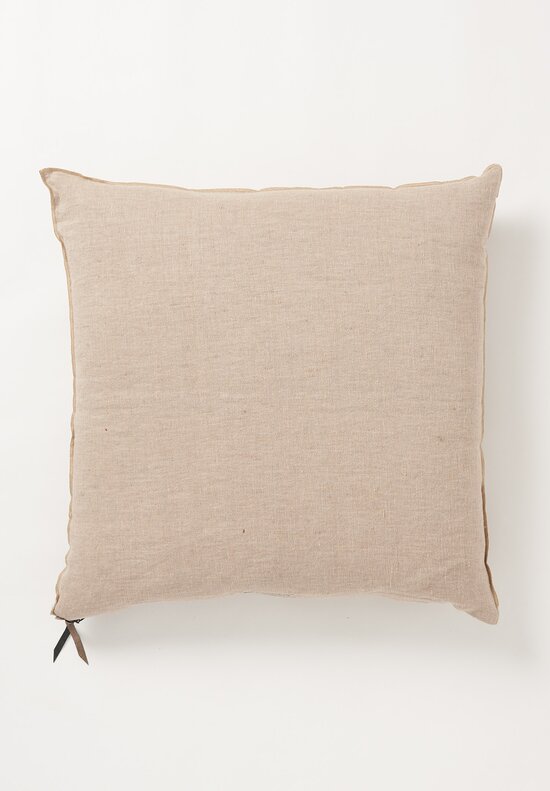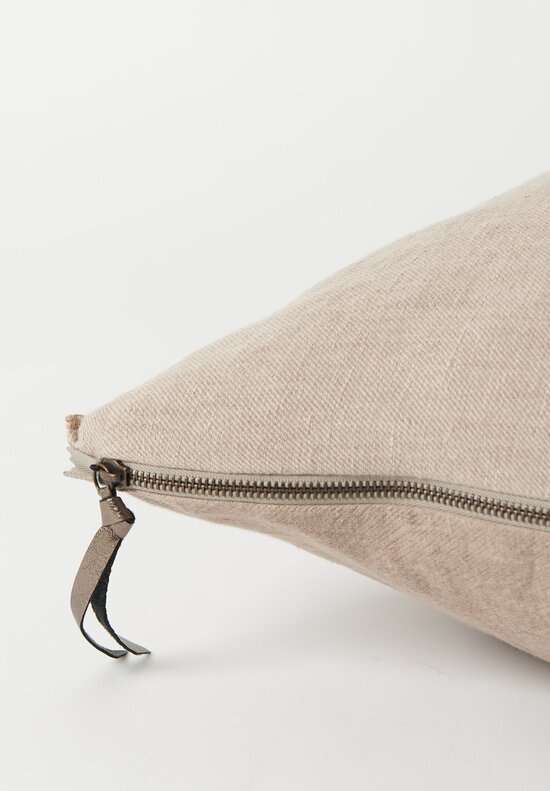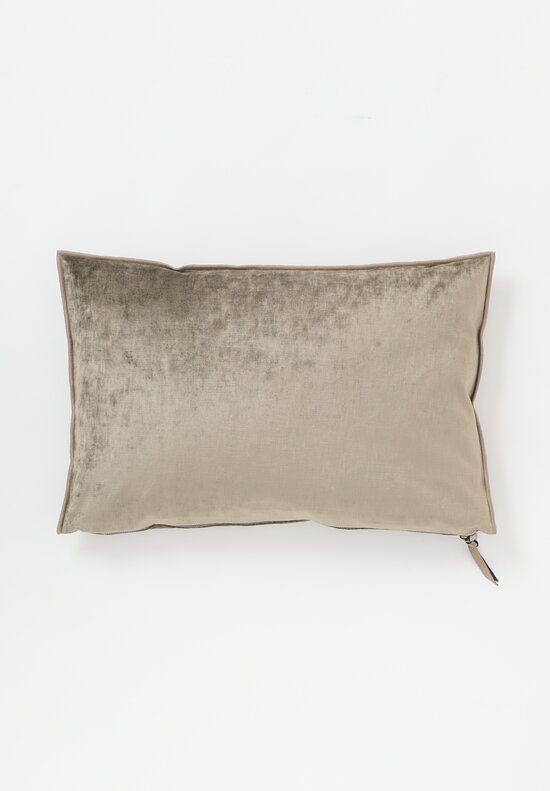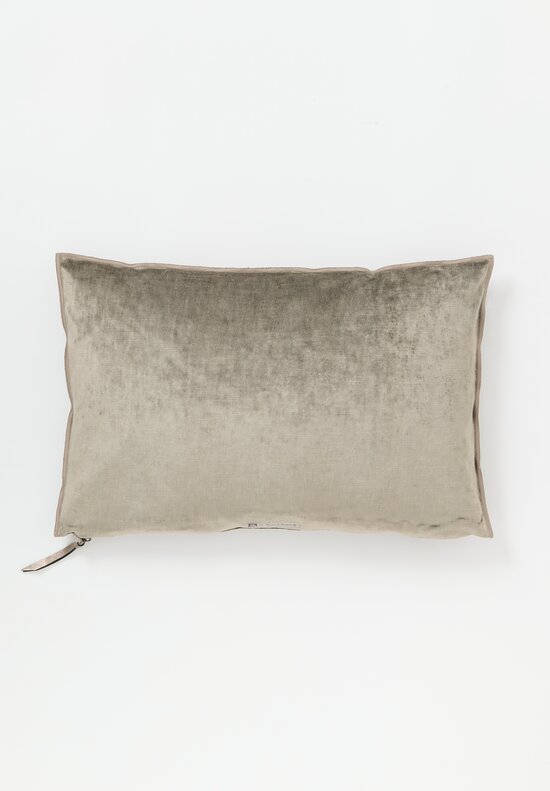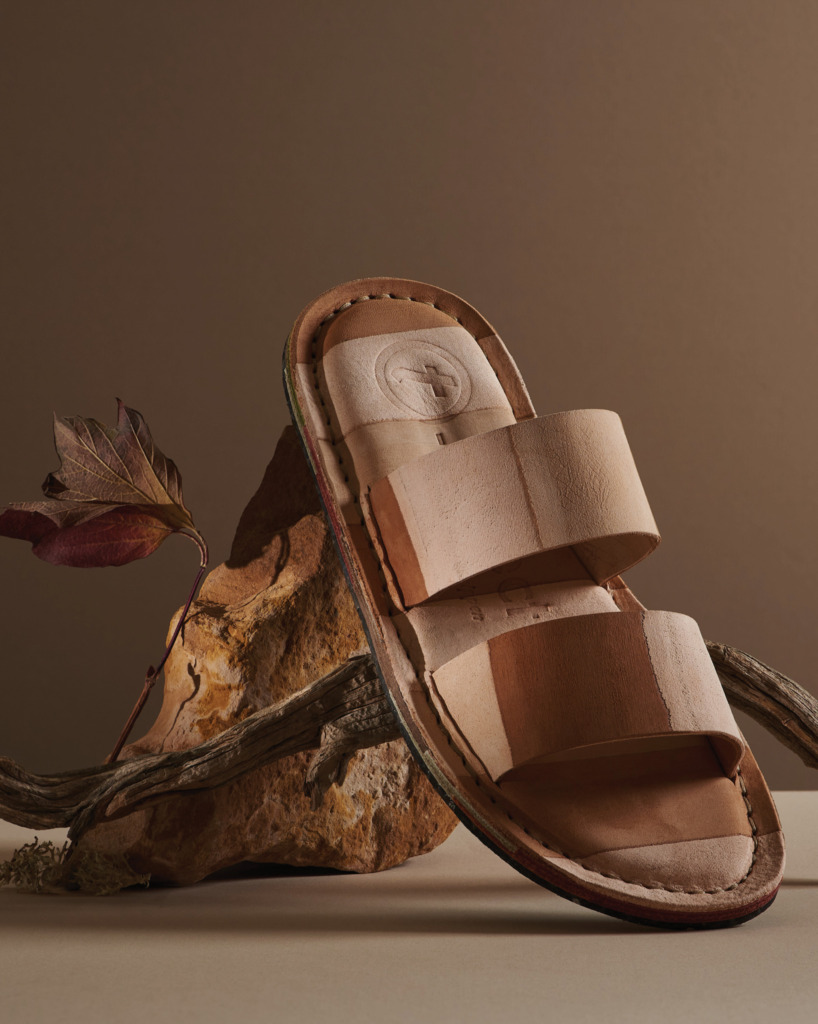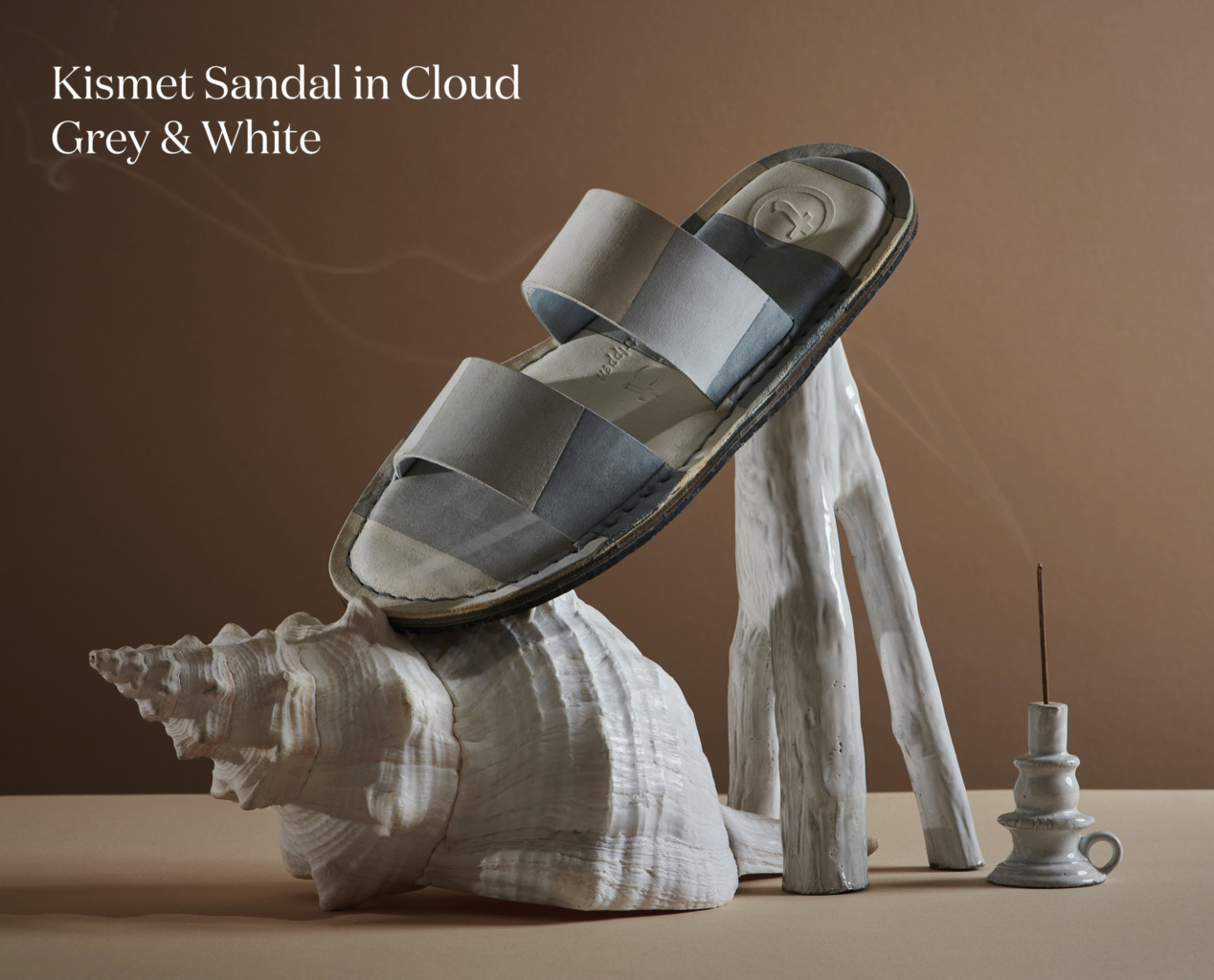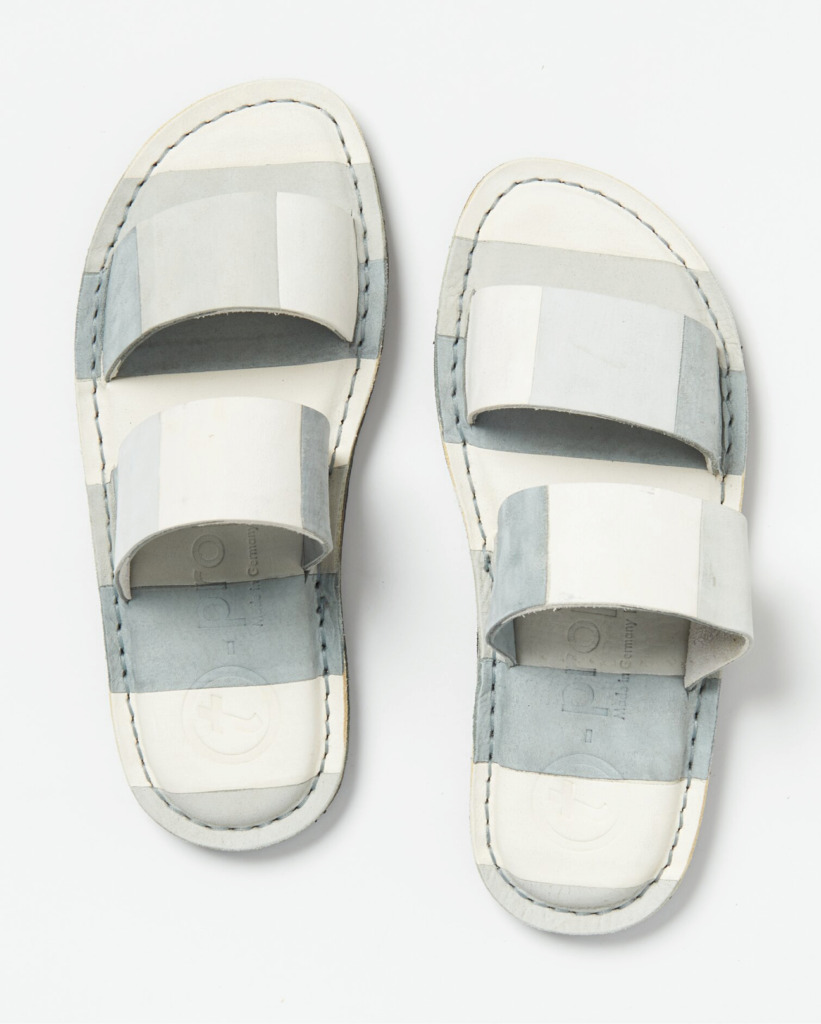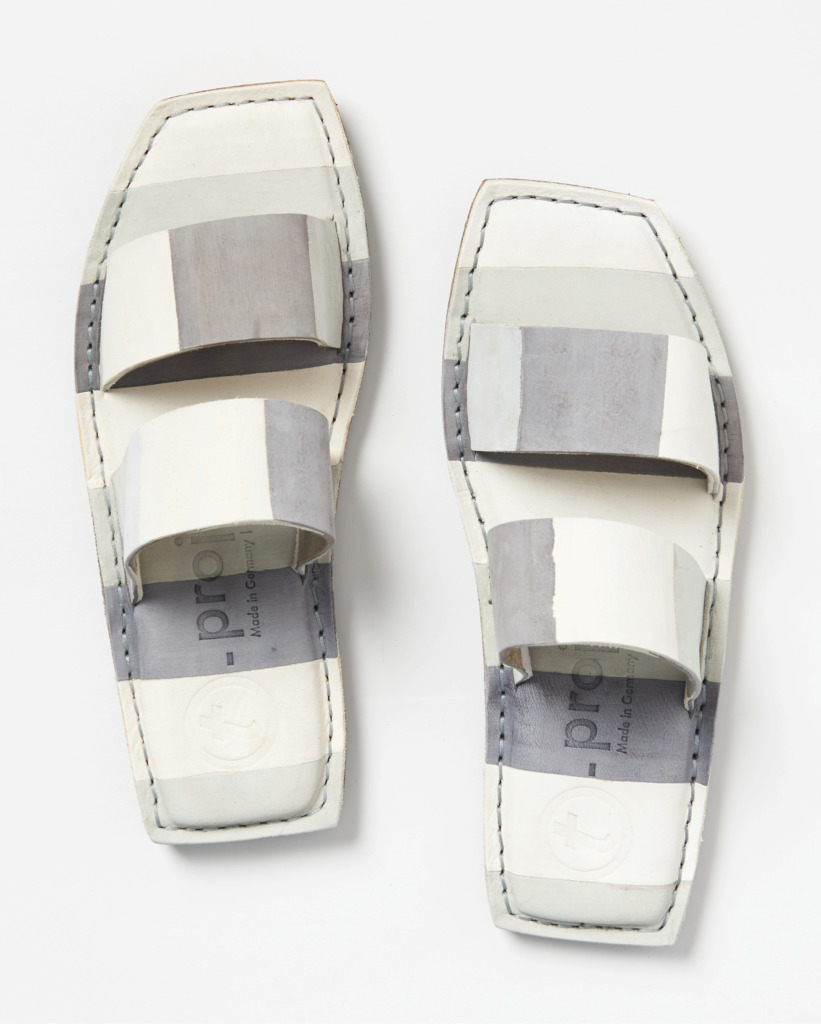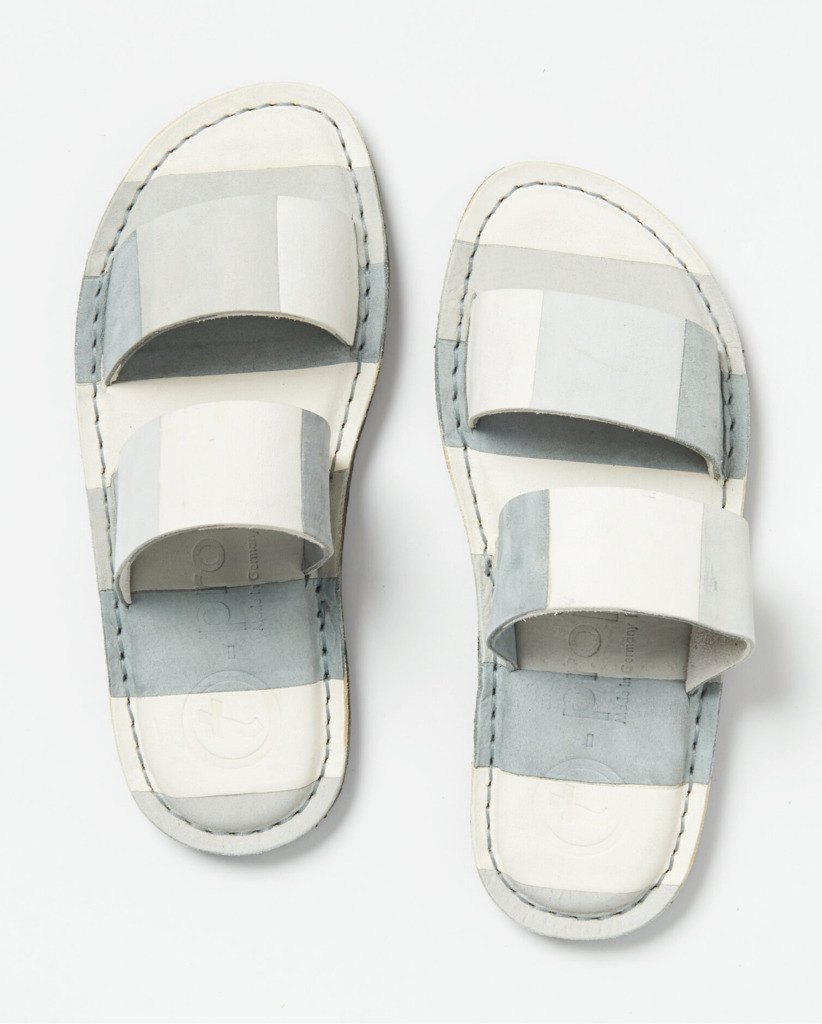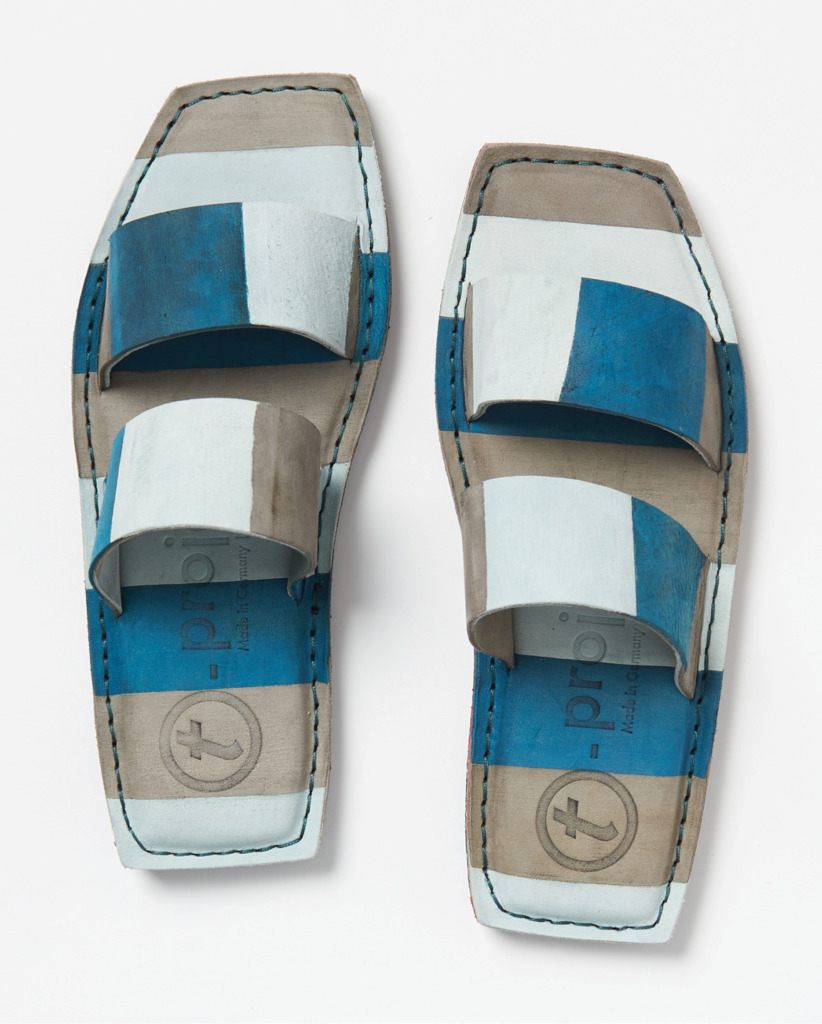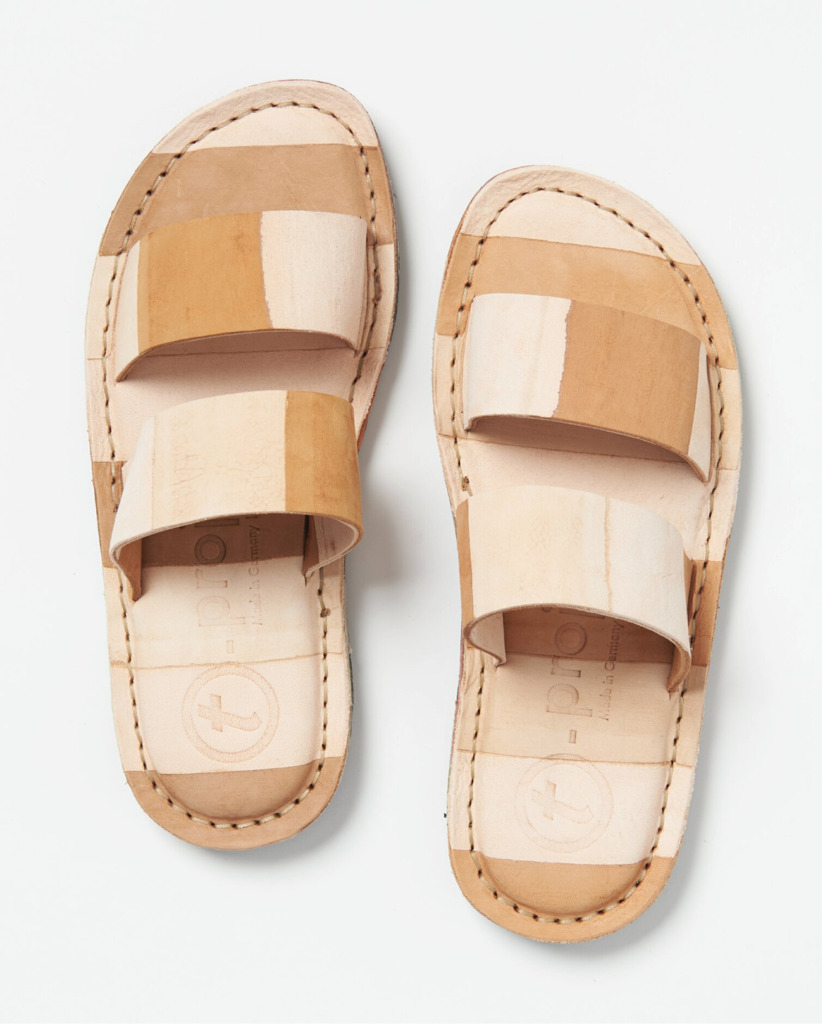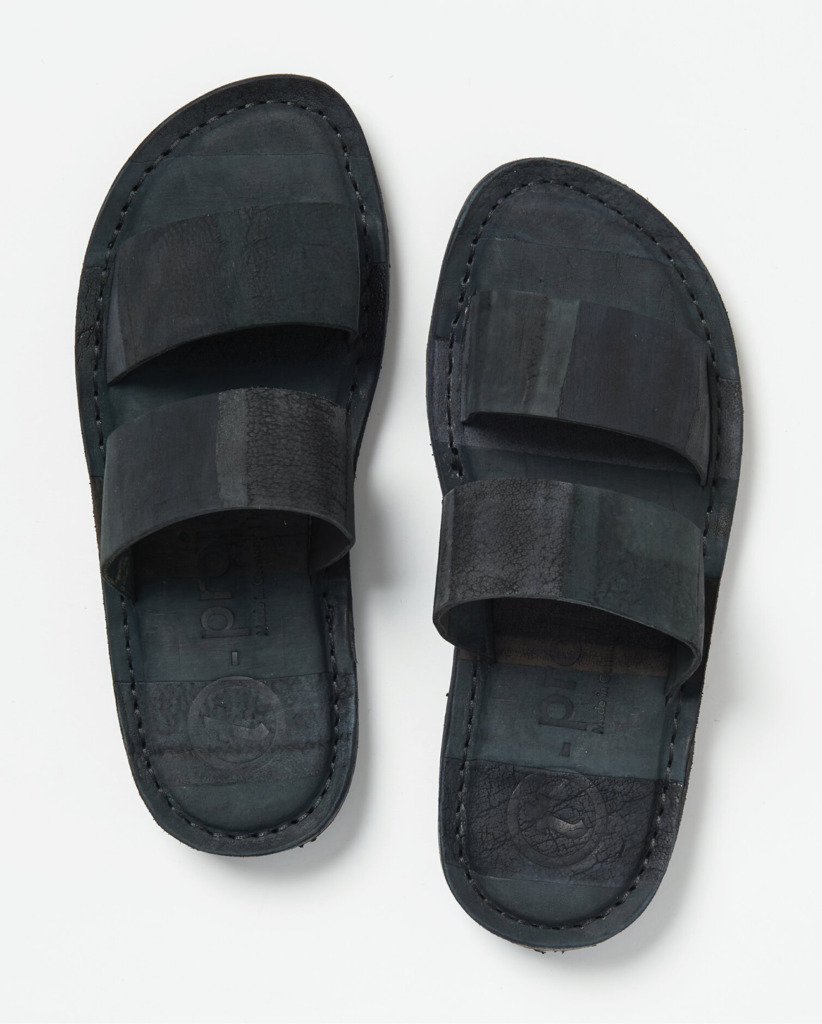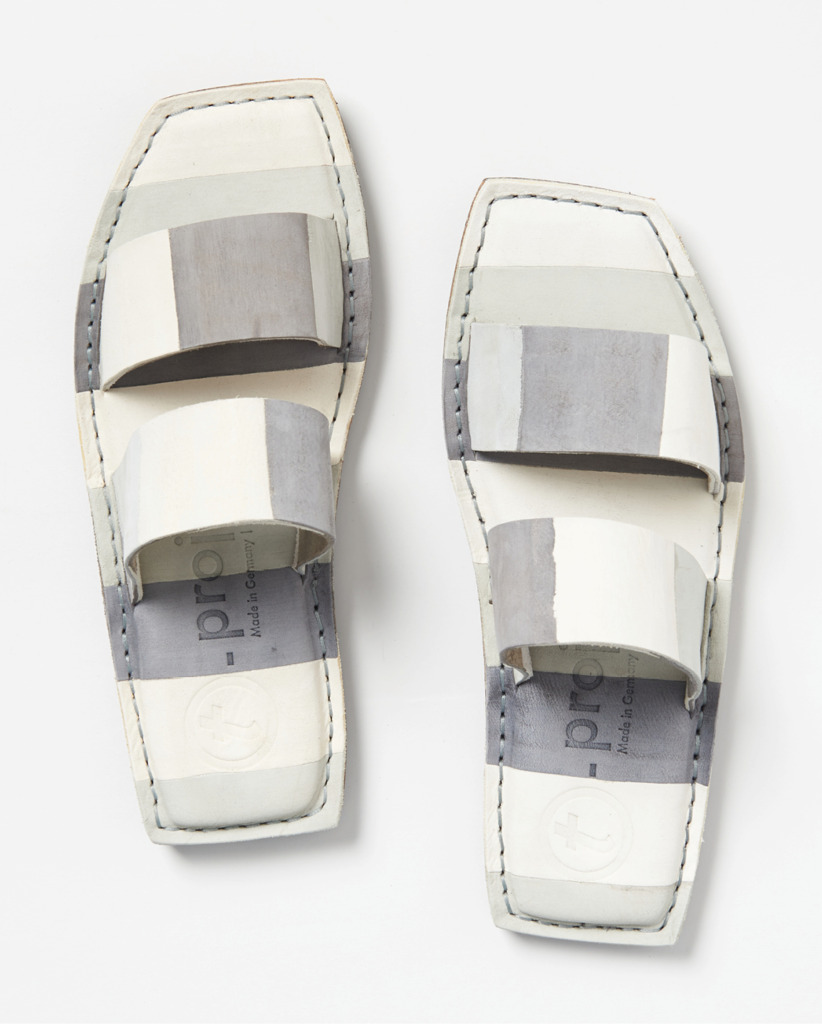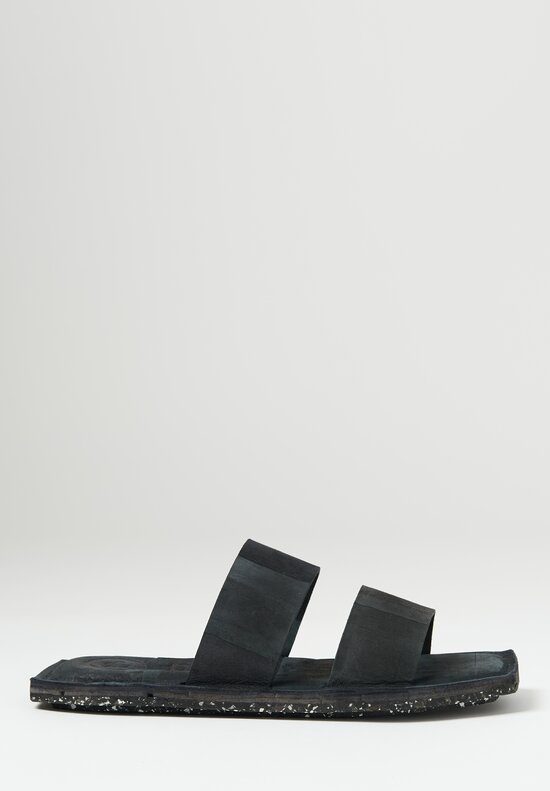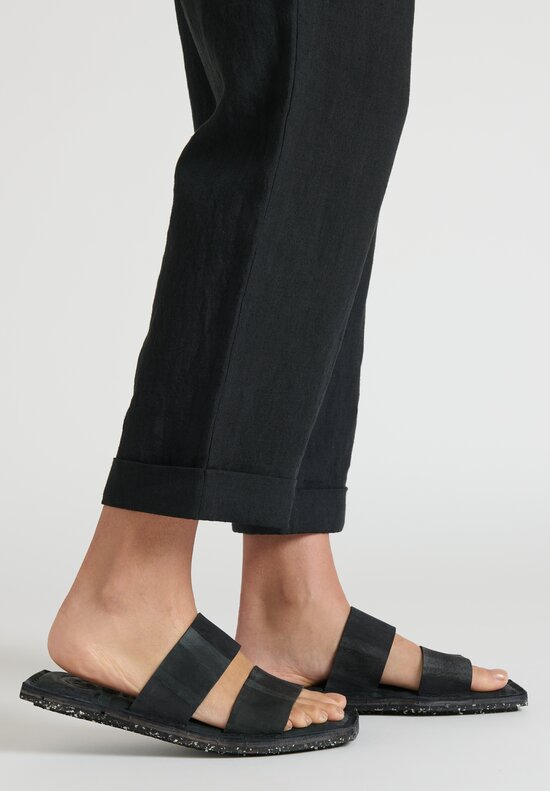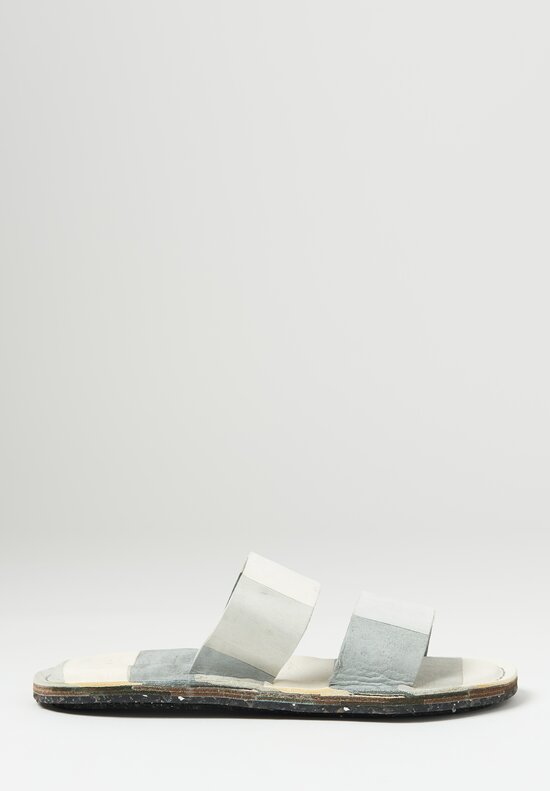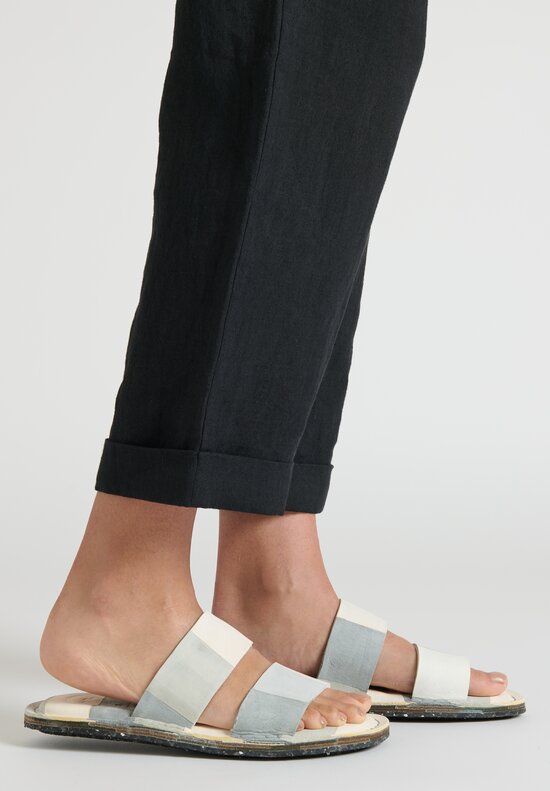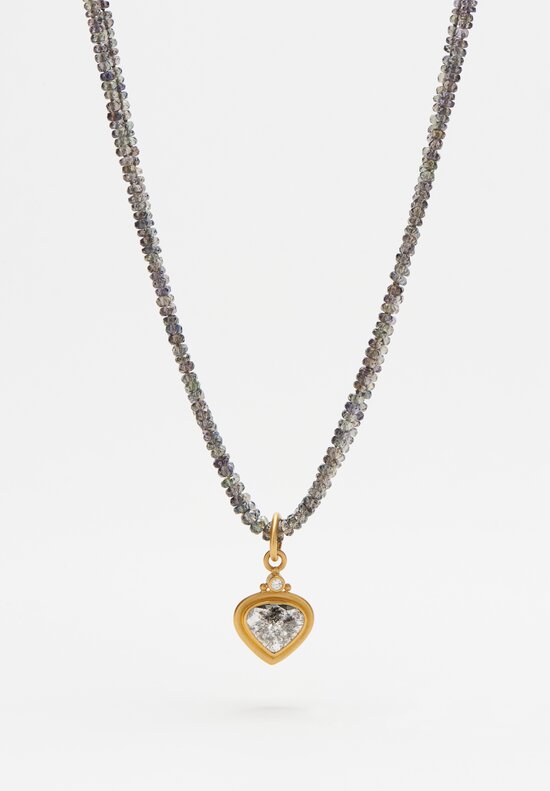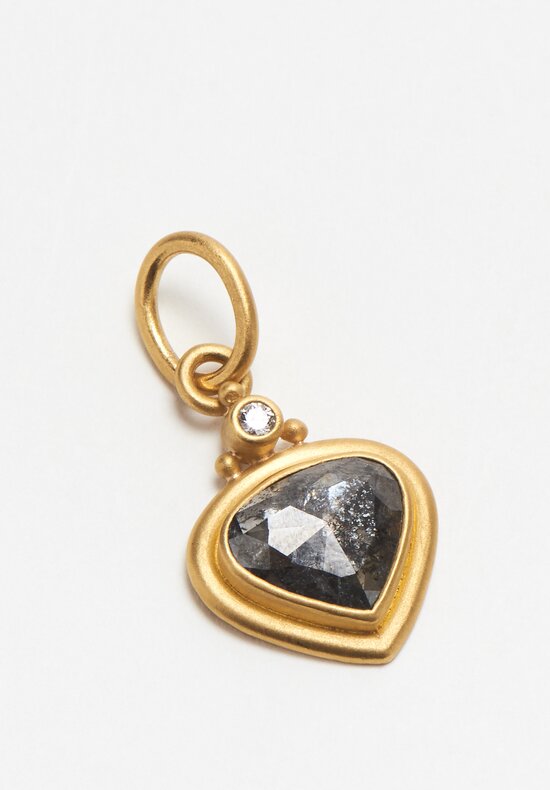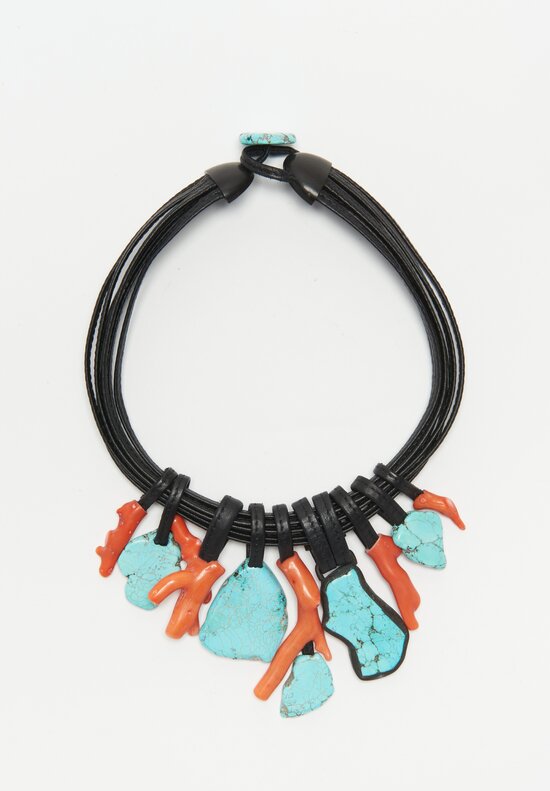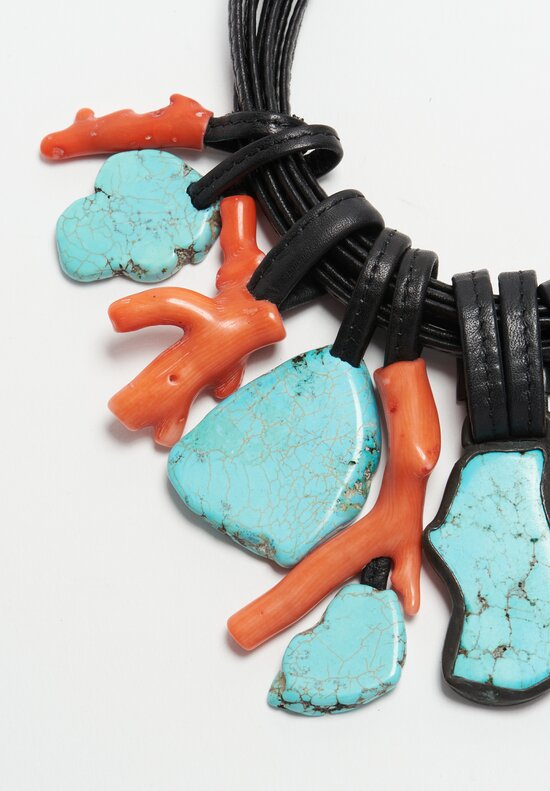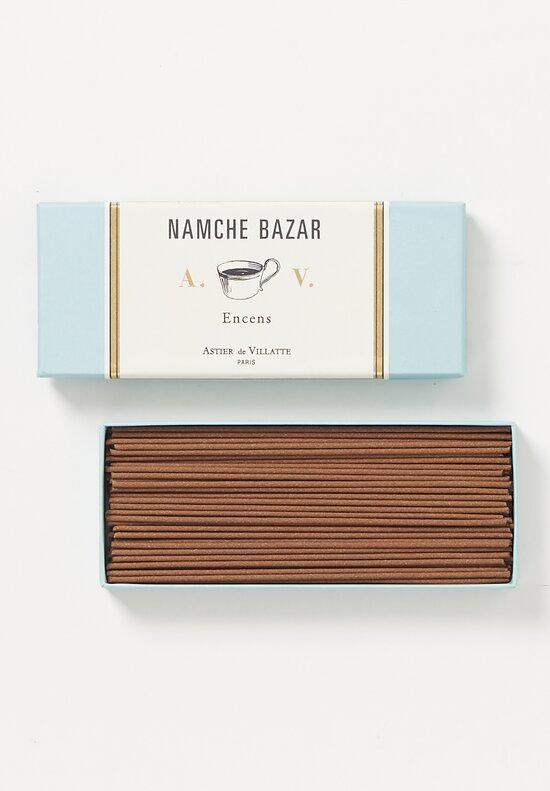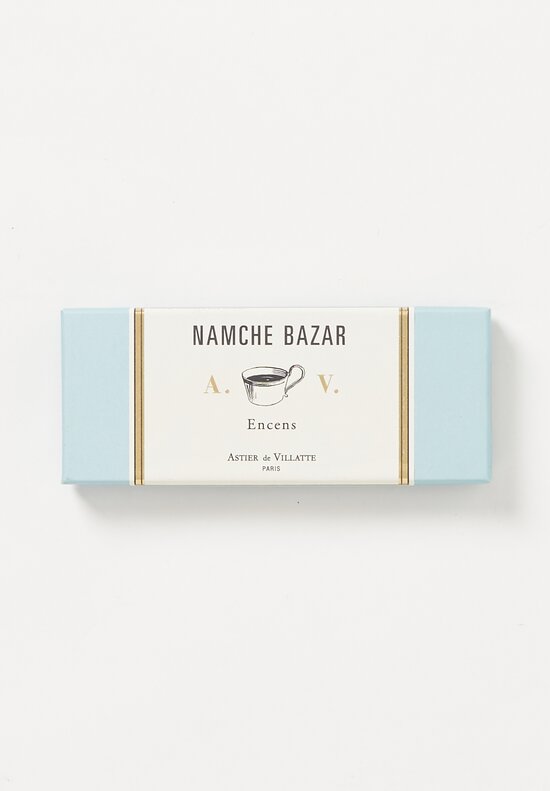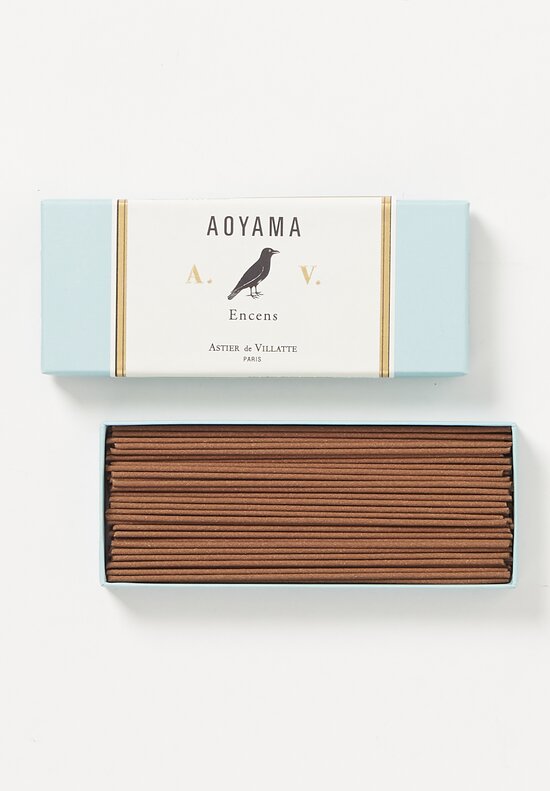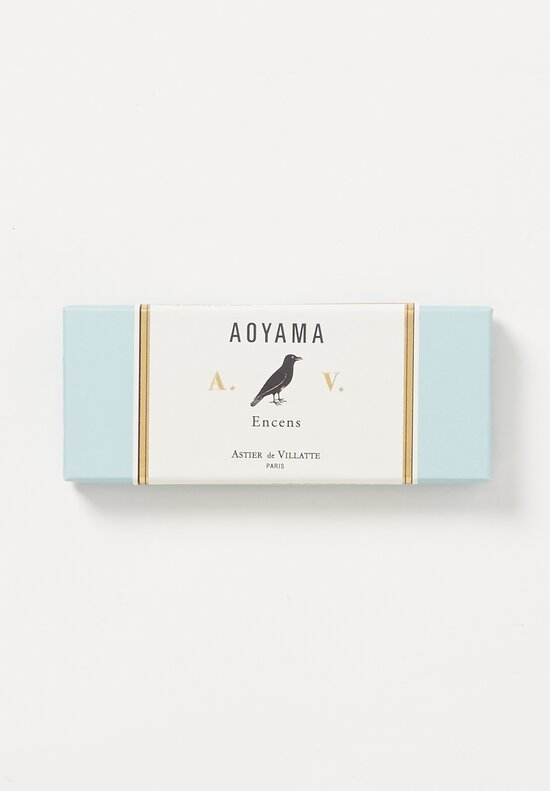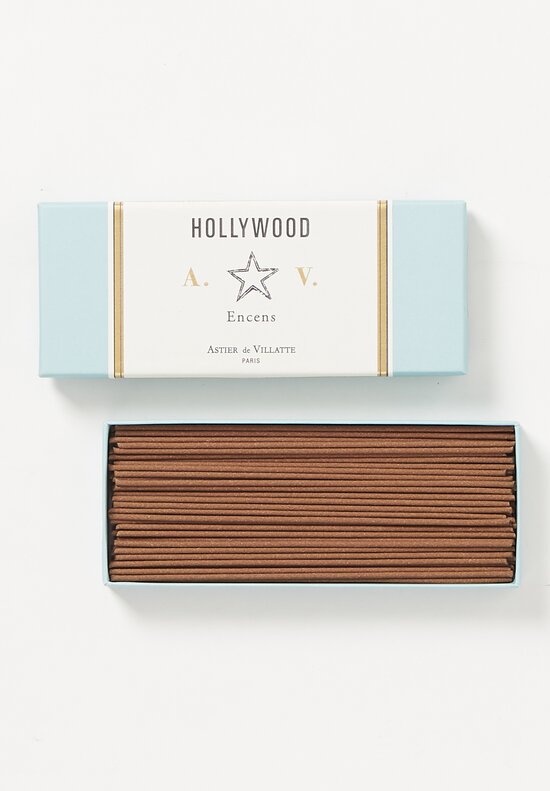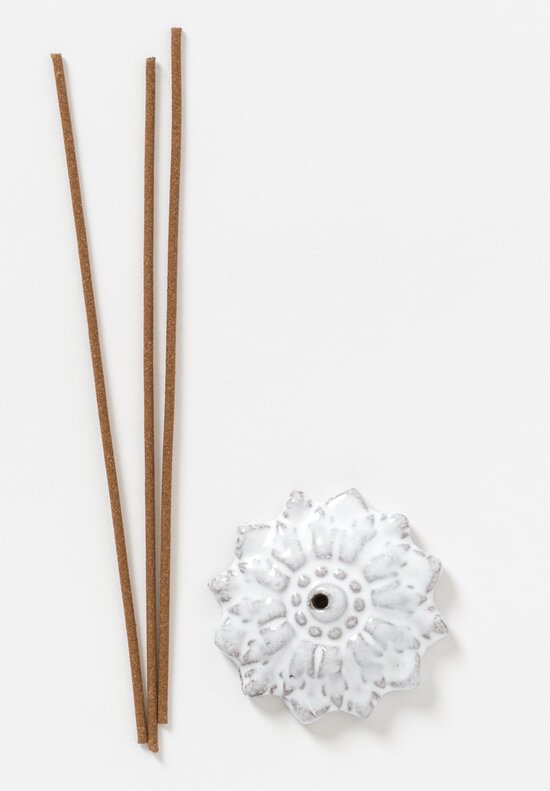Plush comfort in the warmth of the sun.

Nestled in the lush gardens of the Palais Royale, just a short walk from iconic cultural sites such as The Louvre and Les Deux Plateaux, Maison de Vacances has embodied a love for exquisite soft goods since 1995.
Established by Michèle Fouks, this family-run company exemplifies the refined, but relaxed home.





Michèle and her close-knit team of textile experts encourage layering their various pillows and fabrics – such as pairing together a ruffled Shaker style pillow with a smooth linen of the same tonal colorway, or a bouquet of velvet and cotton jacquards in complementing tones.

Their style, characterized by a simple, but luxurious approach to pattern and finish, is ideal for those who enjoy dynamic color options without sacrificing the virtues of the natural materials. Thoughtful artistic details such as saddle stitching and hand-embroidery complete each piece.

This collection exudes the sophistication inherent to French textile traditions – not only in simplicity of design, but in dedication to craft.
Every piece of Maison de Vacances is designed and made exclusively in France, where they eschew mass production in order to maintain high standards of quality.
